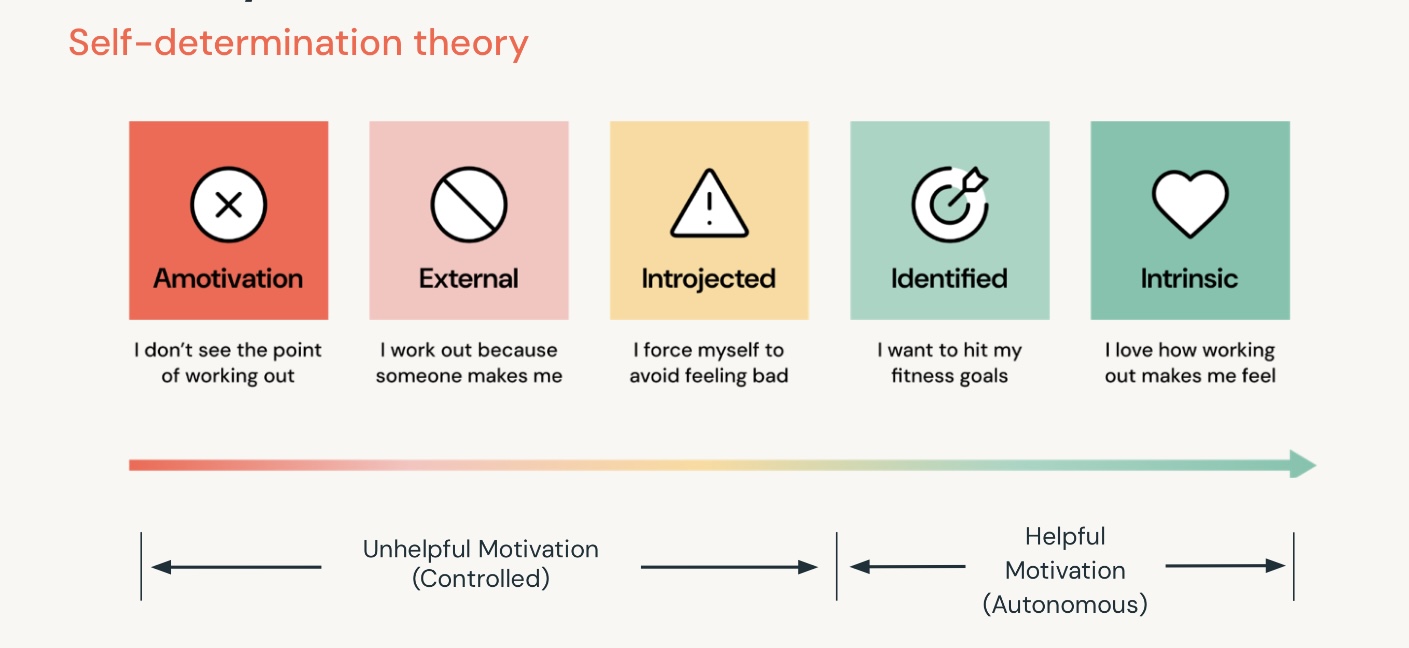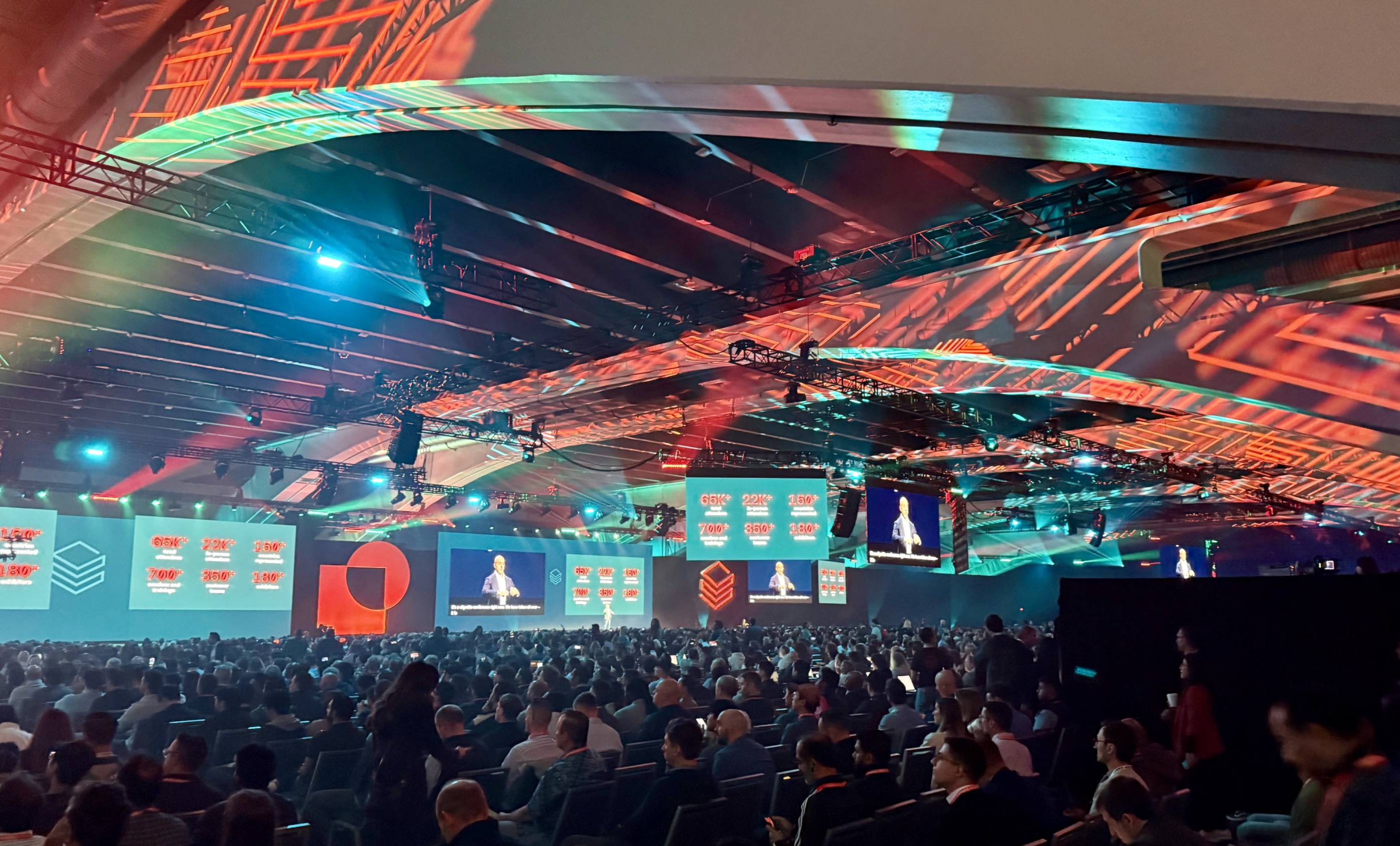Can We Hack Motivation?

Presenting our breakthrough approach to engineering motivation at the Data+AI Summit in San Francisco
At Tonal, we asked ourselves a bold question: can motivation be engineered? Could we design an experience so personal, so well-timed, and so rewarding that people would not just start a fitness program but actually stick with it long enough to change their lives?
That question became the heart of our work on a new personalized training goal ecosystem. It was not just a technical challenge. It was a behavioral one. And the solution began with science.
The Science of Motivation
Our approach draws from Self-Determination Theory, one of the most respected psychological frameworks for understanding human motivation. It shows that long-term adherence to healthy behaviors depends on three core needs being met: autonomy, competence, and relatedness.
Autonomy is the feeling that you are in control of your actions. Competence is the belief that you are capable and effective. Relatedness is the sense of being connected to others or a greater purpose. When these needs are satisfied, people shift from controlled motivation, which is driven by obligation, to autonomous motivation, which is driven by personal choice and meaning.
Research also shows that breaking big goals into smaller, achievable steps is one of the most effective ways to build habits. Each small win builds confidence, reinforces the sense of competence, and makes it more likely the habit will stick.
Turning Theory into Practice
We took these principles and embedded them directly into the Tonal experience. Members can set or update their goals in a redesigned preference center that feels simple and intuitive. They can easily find workouts that match those goals because every piece of content in our library has been tagged with its specific impact. During the workout, real-time metrics and movement cues keep them focused and confident. Afterward, they see exactly how they are progressing toward their goals and when it might be time to adjust.

Self-Determination Theory in action: Building autonomous motivation through personalized goal-setting interfaces
The system supports eight training goals: muscle growth, weight loss, strength performance, functional strength, endurance, movement quality, and consistency. Over time, members naturally move through a loop of setting a goal, taking action, tracking results, and refining their plan. That loop is what transforms short-term motivation into a lasting habit.
Behind the Scenes with Databricks
Making this possible requires a serious data backbone. Databricks allows us to process and analyze a massive, multi-modal dataset in real time. Everything from tagging content to calculating workout accumulations to predicting weekly targets with MLflow models runs in one unified environment.
For members, all of that complexity disappears. What they experience is something personal, timely, and motivating. What powers it is an engine capable of distilling hundreds of terabytes of diverse data into a single, clear next step.
Why It Works
By combining behavioral science with data-driven personalization, we have built more than a workout tracking feature. We have built a motivation engine. It helps people keep training not because they feel they have to, but because they genuinely want to. It is where science and engineering meet to help people move better, gain confidence, and build healthier lives.
This project was the work of an incredible cross-functional team spanning engineering, data science, product, user research, and performance. For me, it reflects what I value most: applying scientific insight and technical innovation to create something that changes lives.
The Tonal Data Advantage
What makes Tonal uniquely capable of delivering this kind of personalization is our data. Every workout is rich with movement and performance signals. Our cable sensors track position, velocity, and range of motion 50 times every second. Smart handles capture acceleration and angular velocity. The Smart View camera in Tonal 2 records over 500 points per second. We integrate with wearables like Apple Watch and Polar devices for heart rate and recovery data.
In 2024 alone, members lifted 280 billion pounds, completed over a billion sets, and logged more than 100 billion seconds of workout time. Each second contains up to a thousand motion and performance data points, giving us hundreds of terabytes of high-quality information. That dataset is the foundation for every personalized recommendation, every real-time cue, and every progress insight our members see.
When you combine that data advantage with the behavioral science of motivation, you get something powerful: an ecosystem that does not just track workouts, but actively drives progress.

22,000 in-person attendees and 65,000 online participants at the Data+AI Summit experienced our motivation engineering breakthrough
Sharing Our Story at the Data+AI Summit
We had the incredible opportunity to present this work at the Data+AI Summit in San Francisco, one of the largest conferences of its kind with more than 22,000 attendees in person and 65,000 participating online. Standing on that stage, sharing how we're using Databricks and behavioral science to transform lives, was a highlight of my career. The response from the data and AI community was overwhelming—so many practitioners resonated with our approach of combining rigorous science with cutting-edge technology to solve real human problems.
The conference reinforced what we already knew: the future of AI isn't just about bigger models or faster processing. It's about using these tools thoughtfully to understand and support human behavior in ways that genuinely improve lives.
Watch the full presentation: Data+AI Summit Talk - Hacking Motivation with Behavioral Science and AI